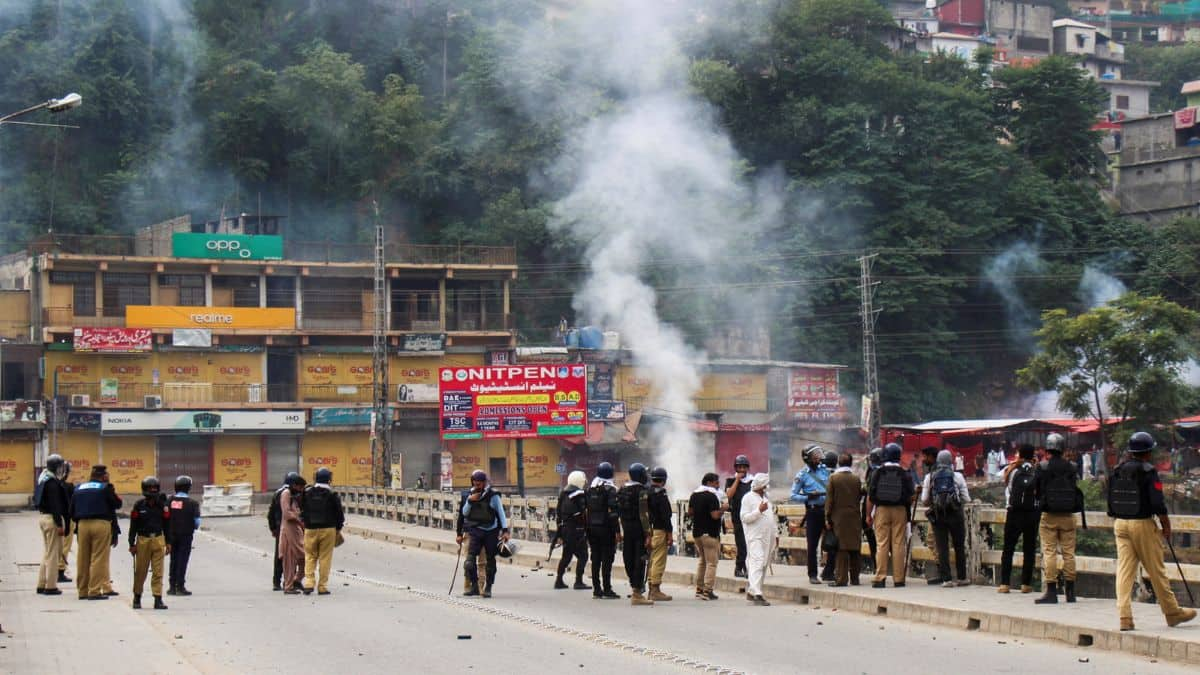A few years ago, on a pleasant day in early October, this author witnessed a strange sight while driving through Madhya Pradesh’s Ashok Nagar and Shivpuri districts. While going north, a steady stream of people came onto the highway from rural areas and joined the journey in the same direction. The travellers largely comprised families, with sizeable numbers of women and children included. They came on tractors and motorcycles, in mini-buses and SUVs. Interestingly, all of them seemed to be from the Sikh community and appeared in a holiday mood. The procession was a bit of a puzzle given that this was not Punjab nor was it the day of Gurpurab.
Once their destination was known, the reason for the procession also became apparent. They were headed for Gwalior fort, and within that ancient bastion they zeroed in on the Data Bandi Chorr Diwas Gurudwara. The unusual name dates from an incident here in the early 17th century. In 1609, as relations between the Sikhs and the Mughals gradually worsened, Guru Hargobind was imprisoned in Gwalior fort on the order of Emperor Jahangir. How long the imprisonment lasted is a matter of debate, with scholars saying it was anywhere between 2 and 8 years. The choice of Gwalior was not a surprise, the powerful walls of the fort having served as an imperial prison for years. Along with the guru were 52 Kings, also prisoners.
But after a point, the emperor perhaps felt conciliatory and decided to free the guru. The latter gave a condition that the kings too should be freed with him. It was decided that as many kings could hold the cloak of the Guru would get to walk out with him. Hargobind got a special cloak made that had 52 hems. On Diwali day, when he walked out to freedom, each king held one hem and walked behind him, thus creating a mass Bandi Chorr Diwas which is commemorated till today across gurudwaras. But that is just one chapter of the long and illustrious history of Gwalior fort.
Gwalior’s mighty fort is not a mere defensive bastion, but a repository of Indian history across eras. The Gopagiri hill on which the fort stands was the abode of a sage called Gwalipa, who miraculously cured a local chieftain of leprosy. The grateful warrior ensured that the place carried his healer’s name. But Gwalior’s history goes back even earlier, to the 5th – 6th century CE period when it was occupied by the Hunas. An inscription mentions that the Hunas built a Sun Temple here, of which no trace remains. Before the Hunas, the region was controlled by the Guptas and even prior, the Kushans.
Impact Shorts
More ShortsThe 300-foot-high hill on which the fort stands saw dynasty after dynasty. The Pratiharas, the Kachchhapaghatas, various Delhi Sultanate rulers, the Tomars, Sher Shah Sur and the Mughals came in successive waves. Each made their own additions to the place, a layer of history added for posterity to study. Between the 6th and 8th centuries, people of the Jain faith began to build rock-cut icons on the hill walls, a process which continued till the 15th century CE. The 10th – 11th century period saw the Kachchhapaghatas build the Sahasrabahu temples on one side of the hill, their name corrupted to ‘Saas-Bahu’ today. When the Delhi Sultanate ruler Iltutmish conquered the area in 1232, the fort witnessed Rajput queens commit jauhar.
The Sultanate ran its course with five dynasties in a time span of just over three centuries. They were followed by the Tomars, who left by far the deepest architectural imprint at Gwalior fort. Between the 14th and 16th centuries CE, they built a series of palaces on the hilltop, each more elegant than the last. They also added a new design element to the fort walls. Called the Gwaliori Jhilmil, this delicate stone workmanship brought elements like ducks, crocodiles and elephants as motifs. The art form was perfected during the reign of Raja Man Singh (1486-1517), which was a boom time for Gwalior with even the acclaimed Gwalior Gharana of music being born. Man Singh’s palace within the fort seems like a maze, with numerous side rooms and a staircase leading to several levels below.
When Babur arrived, he called it the ‘Pearl amongst fortresses of Hind’. Shocked by the nakedness of the Jain icons, he ordered them vandalized. After his death, and the interregnum of Sher Shah, the Mughals took firm control. And the elegant palaces of the fort were put to a peculiar use – that of a prison. This was the period that saw Jahangir imprison Guru Hargobind here. It was also here that Aurangzeb had his brother Murad executed and Sulaiman, the son of Dara Shikoh, poisoned. Once the Mughals weakened, it was time for the British East India Company. The heroic Rani Lakshmibai of Jhansi too died fighting the British at Gwalior fort. While in control, the British converted the ancient Telika Mandir into a soda factory and coffee house.
Next in the musical chairs of history were the Scindias, and they ushered in the modern period here. Their most notable addition to the hilltop came in 1897, with the establishment of the Scindia School, which has an illustrious list of names among its alumni. Over centuries, the fort has borne witness to the entire range of human activity and emotions – from love to hate, from music to intrigue, from loyalty to deceit, from war to peace. Maybe it is fitting that these old walls see the annual celebration of Data Bandi Chorr Diwas.
In one little corner, even Arithmetic History finds a place. Accessible from the Laxman Gate of the fort is the tiny Chaturbhuj Temple, dated to the 9th century CE. Carved on its walls, as part of a longer inscription, is the world’s second-oldest mention of the number ‘Zero’. A tiny part of Gwalior’s massive fort, but a significant part of world history.
The author is a heritage explorer with a penchant for seeking obscure sites. A brand consultant by profession, he tweets @HiddenHeritage. Views expressed in the above piece are personal and solely those of the author. They do not necessarily reflect Firstpost’s views.


)

)
)
)
)
)
)
)
)



